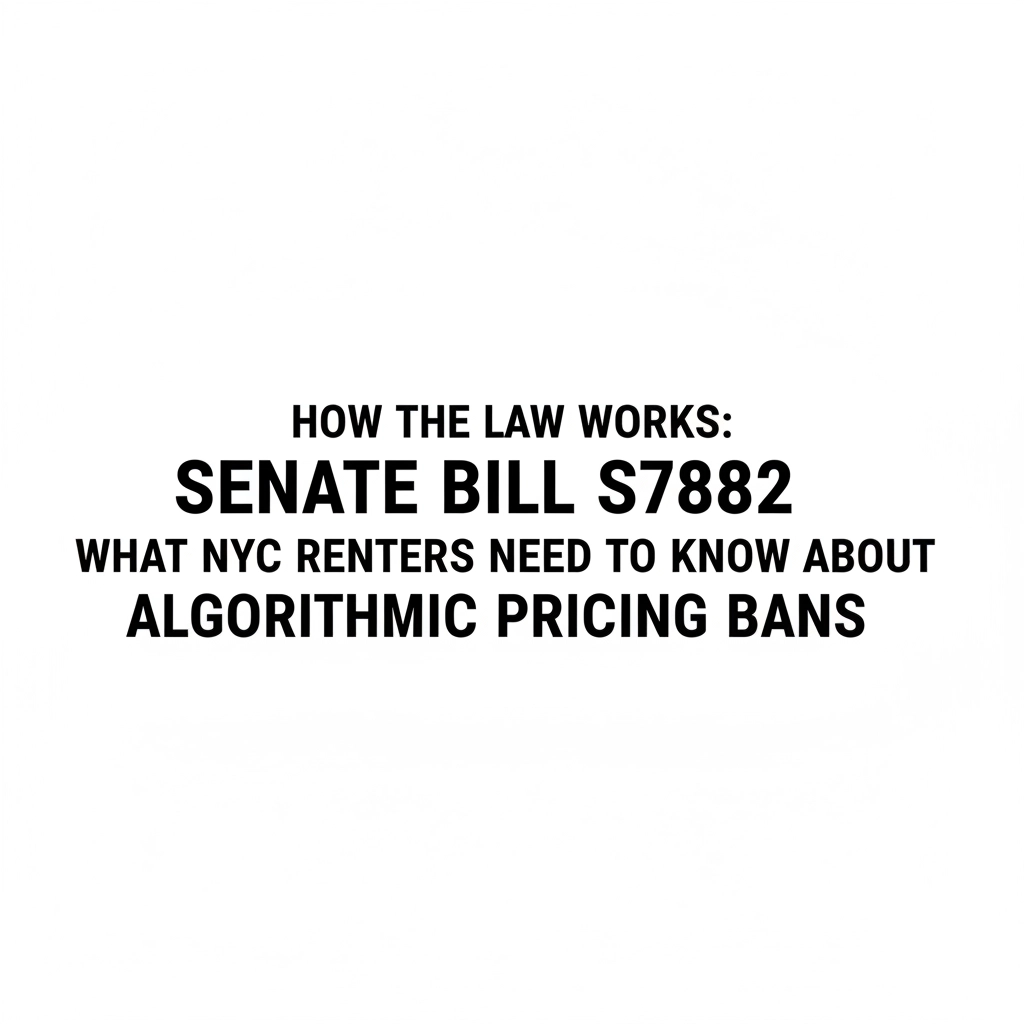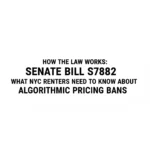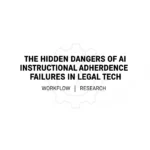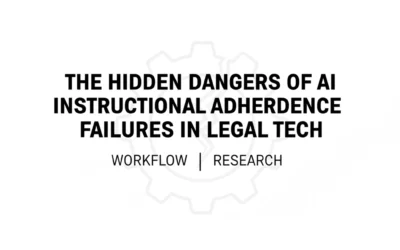In a city where a lease can feel like a lifeline and a burden in the same breath, the home is more than a place—it is stability, dignity, and the promise of tomorrow. Yet in recent years, an unseen hand has tugged at the threads of affordability: pricing algorithms quietly synchronizing rents across buildings and neighborhoods, leaving tenants entangled in contracts shaped by machines rather than markets. New York’s Senate Bill S7882—signed by Governor Kathy Hochul on October 16, 2025, and effective December 15, 2025—stands as a beacon against that tide, restoring the principle that housing prices must be the product of competition, not collusion.
S7882 outlaws algorithmic rent coordination and arms renters with concrete tools to identify violations, gather evidence, and pursue justice. Awareness and legal action are paramount. What follows is a practical, step-by-step guide to help renters navigate this new landscape with confidence.
The Unseen Risks: The Architecture of Algorithmic Manipulation
The insidious nature of algorithmic pricing lies in its coordinated assault on competitive market principles. These tools harvest sensitive rental data (rents, vacancies, renewal patterns) from multiple landlords, process it collectively, and push out “optimized” recommendations designed to raise profits—not to reflect genuine supply and demand.
Research and enforcement experience show that property managers often follow algorithmic recommendations at strikingly high rates, creating a de facto cartel where independent actors move as one. When rent hikes march in lockstep without corresponding improvements or localized market changes, the market’s invisible hand starts to look like a clenched fist.

What Senate Bill S7882 Prohibits: In Plain Language
S7882 amends New York’s General Business Law (adding Section 340-b) and anchors its prohibitions in the Donnelly Act—New York’s antitrust statute. In simple terms, it forbids algorithmic coordination and those who enable it.
- Coordinating function banned: Residential landlords and managers may not use software that:
- Collects contemporaneous or historical rent/occupancy data from two or more owners not under the same corporate control;
- Analyzes that multi-owner data; and
- Outputs rent, renewal, occupancy, or other pricing recommendations back to those owners.
- Algorithmic-based rent decisions prohibited: Owners/managers may not set or adjust rents, renewals, occupancy targets, concessions, or lease terms based on recommendations from coordinating software.
- Facilitation is unlawful: Vendors and intermediaries may not operate, license, or otherwise facilitate coordinating software among multiple residential owners/managers.
- Covered actors: Property owners, property managers, software vendors, and any third parties who knowingly facilitate coordination.
This is, in effect, a bright line: software-enabled collusion has no place in New York’s housing market.
How to Spot Violations: Practical Indicators Renters Can Observe
While the software operates behind the scenes, patterns often leave footprints. Tenants can watch for three categories of signals:
- Pricing patterns
- Simultaneous or near-simultaneous rent increases across unrelated buildings in the same neighborhood without clear market drivers.
- Uniform renewal increases (for example, 8% across multiple properties) despite differences in building condition and demand.
- Identical or oddly similar advertised rents across competing properties down to the granular unit type or square footage.
- Behavioral clues
- Leasing staff reference “the software,” “pricing tool,” “market optimization,” or “daily pricing,” and indicate they cannot negotiate because “the system sets the price.”
- Managers mention maintaining “target occupancy” or “revenue management thresholds” rather than discussing real-time local demand.
- Refusals to consider obvious comps or condition issues because “the rate updates automatically.”
- Market indicators
- Persistent elevated rents despite high vacancies or declining demand.
- Coordinated removal of discounts/concessions across unrelated landlords at the same time.
- Short-lived synchronized price drops followed by synchronized increases, unrelated to seasonal patterns.
If multiple indicators align, take note. Patterns matter.
Building Your Case: Evidence Tenants Should Gather (Direct and Circumstantial)
You do not need access to a landlord’s software to start building a credible record. Begin collecting:
- Direct evidence
- Emails, texts, or notices where landlords/managers reference using pricing software or “market optimization” tools.
- Screenshots of listings showing “price set by software,” “daily pricing,” or similar language.
- Vendor marketing materials or public statements (webpages, brochures, press releases) connecting property owners/managers to specific pricing tools.
- Lease renewal letters referencing occupancy targets or uniform, tool-driven percentages.
- Circumstantial evidence
- Timelines showing synchronized rent changes across competing properties not under common ownership.
- Historical price data from apartment listing platforms, neighborhood reports, or the NYC Rent Guidelines Board.
- Notes from conversations with leasing agents about “non-negotiable” software-set rates.
- Public property records and corporate filings to show properties are under different owners yet behave as if coordinated.
- Your personal documentation
- Copies of your leases, renewals, rent ledgers, and repair requests (to show condition factors).
- Photos or logs documenting vacancies, “For Rent” signage, and marketing changes.
- A simple spreadsheet tracking dates, amounts, and comparables.
The path to justice starts with meticulous documentation.
Establishing a Prima Facie Case: Step-by-Step
A prima facie case is your initial showing that, if unrebutted, supports relief. Under S7882 and the Donnelly Act, tenants typically aim to show:
- Agreement or concerted action
- Allegations and facts indicating multiple landlords used or relied on the same coordinating software, or acted on common recommendations.
- Coordinating function
- The tool collected multi-owner data and generated pricing/renewal/occupancy recommendations returned to those owners.
- Anticompetitive effects
- Prices moved in lockstep or were artificially elevated relative to comparables and market conditions.
- Causation and injury
- You paid more (or faced worse terms) because of the coordinated algorithm—not independent, property-specific factors.
- Damages
- The dollar value of the overcharge (or other measurable harm), supported by comparable data and your records.
- Standing and timely filing
- You are a renter affected by the conduct and your claims are filed within applicable deadlines.
Work with counsel to align your facts to these elements and to frame them in a clear, chronological narrative.

Remedies and Relief Available to Tenants
Under New York’s antitrust framework, renters may seek:
- Private right of action under the Donnelly Act: Tenants can bring lawsuits directly (individually or as a class) to challenge unlawful coordination.
- Actual damages: Recovery of overcharges and other measurable losses.
- Treble damages: In many antitrust cases, prevailing plaintiffs may recover three times their actual damages.
- Injunctive relief: Court orders stopping the use of coordinating software or enjoining specific practices.
- Attorneys’ fees and costs: Recovery of reasonable fees and litigation expenses where authorized.
- Declaratory relief: Judicial declarations that practices violate the law.
- Class action potential: Renters may be able to proceed as a class when common issues predominate.
Note on legislative developments: Monitor proposals such as SB 335 for potential future changes affecting antitrust enforcement or remedies in New York.
Remedies serve two purposes: to make victims whole and to deter future misconduct.
How Enforcement Works: Private Lawsuits and Government Action
S7882 leverages the Donnelly Act rather than creating a new enforcement silo. That means:
- Private enforcement
- Individual renters can sue on their own or as part of a class action.
- Housing advocacy groups may help organize evidence and affected tenants.
- Government enforcement
- The New York Attorney General can investigate and bring civil actions.
- Federal agencies (the U.S. Department of Justice Antitrust Division and the Federal Trade Commission) may investigate parallel conduct under federal antitrust laws and coordinate with state authorities.
Both pathways can operate in tandem. Private suits often surface facts that aid public enforcement—and vice versa.
Practical Tenant Tips: A Step-by-Step Plan
- Write it down
- Keep every lease, renewal, notice, and email. Start an evidence folder today.
- Track the market
- Save comparable listings and screenshots across time. Note dates and prices.
- Capture conversations
- After you speak with a leasing agent, write a short dated summary of what was said.
- Look for patterns
- Compare rent changes across unrelated buildings in your area. Log similarities.
- Preserve digital evidence
- Take screenshots of web pages that reference “software pricing” or “daily rates.”
- Consult an attorney early
- A short consultation can help you preserve claims and avoid missteps. Bring your documents.
- Report suspected misconduct
- File complaints with the NY Attorney General and, where relevant, federal agencies.
- Don’t go it alone
- Consider joining with neighbors and community groups to pool data and strengthen your case.
Awareness and collective action are powerful. Precision and persistence win cases.
Limitations and Challenges Tenants May Face
- Access to data
- Defendants control much of the direct evidence. Early legal strategy is key to securing discovery.
- Arbitration clauses and class waivers
- Some leases may contain provisions that complicate class actions. Counsel can assess enforceability and strategy.
- Causation proof
- Landlords may claim independent pricing decisions. Robust market comparisons help rebut this.
- Timelines
- Antitrust claims have strict filing deadlines. Consult counsel promptly to avoid statute-of-limitations issues.
- Market noise
- Genuine market shifts can obscure collusion. Detailed, time-stamped records help separate signal from noise.
Challenges are real—but not insurmountable with disciplined documentation and targeted legal strategy.
Real-World Example: DOJ v. RealPage
The U.S. Department of Justice has pursued action concerning RealPage, a major property management and pricing software provider, alleging that algorithmic tools facilitated anticompetitive coordination among competing landlords. Core allegations in public filings and statements include:
- Multi-owner data sharing to produce unified pricing recommendations;
- High compliance rates with software-generated prices and occupancy targets; and
- Market-wide effects inconsistent with independent competition.
While litigation posture and outcomes evolve, the case underscores a crucial point: algorithmic coordination can violate antitrust law even without a traditional “handshake” agreement. New York’s S7882 reflects this reality by drawing a bright line against coordinating functions in residential rentals.
New York’s Broader AI Regulatory Landscape
S7882 is part of a broader mosaic of AI oversight in New York:
- Algorithmic Pricing Disclosure Act (May 9, 2025): Requires disclosures when businesses use personalized algorithmic pricing based on consumer data.
- NYC Local Law 144 of 2021 (AI in Hiring): Effective July 5, 2023, addressing bias in automated employment decision tools.
- Pending proposals: The “New York Artificial Intelligence Bill of Rights” and the New York AI Act seek to regulate high-risk AI systems and combat algorithmic discrimination.
The throughline is clear: automated decision-making must serve the public, not subvert it.
Comparison with National and Federal Approaches
- Municipal action
- Several cities (e.g., San Francisco, Seattle, Philadelphia, Jersey City, San Diego, Minneapolis, Providence) have taken steps against algorithmic price coordination.
- California’s approach
- AB 325 (effective Jan. 1, 2026) targets cross-industry “common pricing algorithms” used to restrain trade.
- Federal posture
- DOJ and FTC have warned that algorithmic price coordination may violate antitrust laws and have brought related actions.
New York’s S7882 is among the clearest statements yet that algorithmic collusion will not be tolerated in housing.
FAQs for Renters
- Do I need proof of the software itself?
- Not necessarily. Circumstantial evidence—timelines, market comparisons, staff statements—can help establish coordination.
- What if my landlord says, “We don’t use that software”?
- Ask for the basis of increases. Document the response. Look for market patterns across unrelated buildings.
- Can small landlords be liable?
- Yes. The law applies to owners/managers who participate in or benefit from coordinating functions, regardless of size.
- Do I have to move to bring a claim?
- No. Current and former tenants can have claims. Do not self-evict—speak with counsel first.
- How long do I have to act?
- Strict deadlines apply in antitrust cases. Consult an attorney promptly to protect your rights.
- Does this apply to rent-stabilized tenants?
- S7882 is distinct from rent stabilization rules. If algorithmic coordination inflated your rent or terms, you may still have claims under antitrust law.
Useful Resources for Renters
- New York State Office of the Attorney General – Antitrust Bureau: https://ag.ny.gov/bureau/antitrust-bureau
- U.S. Department of Justice, Antitrust Division – Report Violations: https://www.justice.gov/atr
- Federal Trade Commission – Report Fraud/Competition Issues: https://reportfraud.ftc.gov
- NYC Rent Guidelines Board – Research & Data: https://rentguidelinesboard.cityofnewyork.us
- Housing Court Answers: https://housingcourtanswers.org
- Legal Aid Society – Housing: https://legalaidnyc.org
- New York Tenants Union (advocacy and organizing support)
If you’ve been a victim, take the first step toward justice: document, compare, and consult.
What Renters Should Do Now: Actionable Next Steps
- Gather your documents (leases, renewals, notices, correspondence).
- Build a timeline of rent changes and comparable listings.
- Note any references to “software pricing” from staff or materials.
- Speak with an attorney to assess claims and preserve evidence.
- Report suspected violations to the NY Attorney General and, where appropriate, federal agencies.
Compassionate representation and advocacy beyond profit are not slogans—they are necessities when the roof over your head is at stake.
Securing Justice in the New Era
S7882 is more than a statute; it is a reaffirmation of a basic right: that the price of your home should reflect honest competition, not hidden coordination. In the labyrinth of consumer protection and housing law, clarity and courage matter. With careful documentation and focused legal strategy, renters can unwind algorithmic knots and reclaim what fairness requires.
At The Ottley Law Firm, PC, we stand ready to guide you—calmly, methodically, and with steadfast dedication. We do not practice criminal law; however, if your matter touches on criminal issues, we can discuss your situation and, where appropriate, provide a referral. Your privacy, dignity, and recovery are our priorities.
—
Author: Roland G. Ottley, Esq., The Ottley Law Firm, PC
Learn more or request a consultation: https://theottleylawfirm.com
Legal Disclaimer and Confidentiality Notice: This post is for informational purposes only and does not constitute legal advice, nor does it create an attorney–client relationship. Every matter is fact-specific; consult an attorney about your situation. If you received this communication in error, please delete it. Unauthorized use, disclosure, or distribution is prohibited.






0 Comments